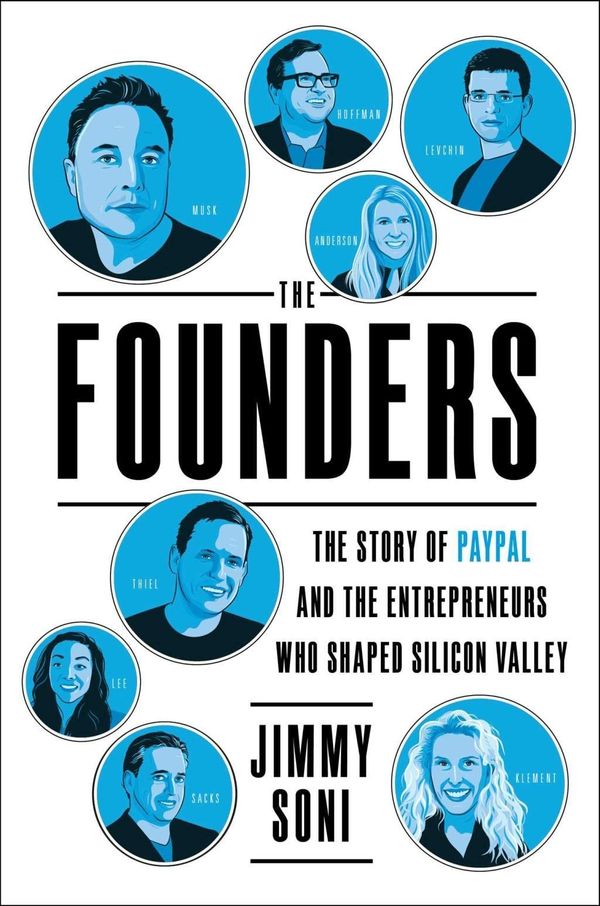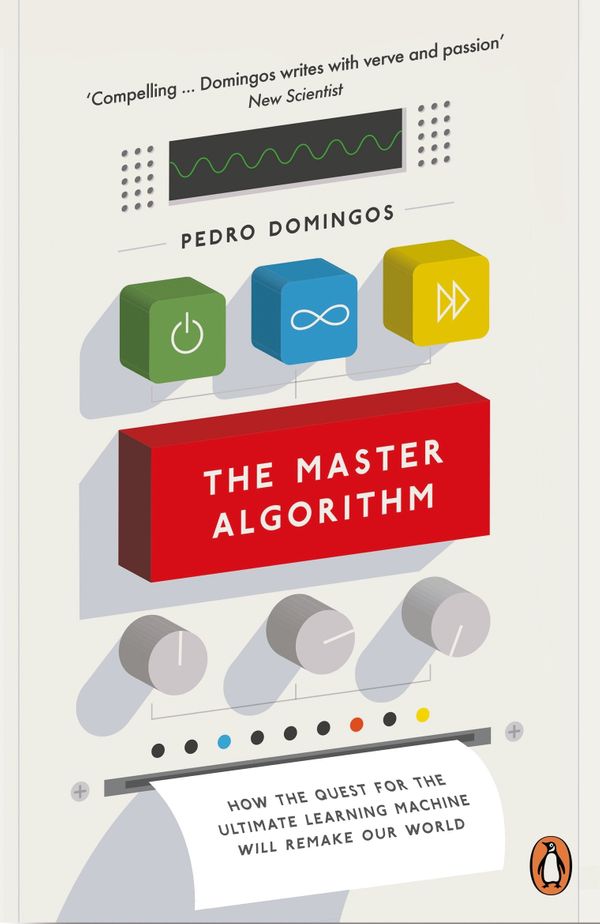By Steve Blank (2005)
Pages: 288,Final verdict: Should-read
Many of us dream of building a successful startup. I know I do. We think of fast product iterations, getting to your customers, and having a lean and agile organisation. But long before Lean Startup was a thing, the man behind the expression "Get out of the building" was already leading his vision of short iteration cycles and customer development throughout Silicon Valley.
Steve Blank, one of the most iconic entrepreneurs of Silicon Valley (having taken 4 companies public) wrote in 2005 what is one of the most influential books for (wannabe) entrepreneurs. Here is what it is all about.
The model every entrepreneur should know
From the beginning to end, The Four Steps to Epiphany is a hero's journey from idea inception towards a sustainable sales machine. Written shortly after the dot-com boom (and bust), several of the real-life examples covered in the book come from companies who have long transitioned from Silicon Valley studs to memories that only live in startup swag.
Old startups aside, the book is a pragmatic lesson where Steve describes his model for building (or realize not to build) a successful startup:
-
Customer Discovery: After assembling a "Customer Development" team - people (normally embodied by the founder) whose job is to figure out "whether there are customers and market for (the companies) vision" - this is the core of the book. Here, Steve Blank guide the reader in how to find out if the hypothesis generated by an aspiring entrepreneur (or intrapreneur) is worth pursuing and how to get the first early adopters.
-
Customer Validation: This chapter is all about getting ready to sell. If your assumptions were right and the potential customers have been identified, the next step is all about validating that there is product market fit, and figuring out if the sales process is repeatable. Among other activities, this includes building influence maps of your target customers (e.g. knowing who is the decision maker) and preparing sales materials.
-
Customer Creation: In this step, the most crucial question to know is in which market you are in. Each one of them - Entering an existing market, resegmenting in a niche/low cost an existing market or creating a new market have fundamentally different approaches to the go-to-market strategy. This step covers why, and what to do about it. This should be the first time you write down your year-one goals, objectives and budget, and (finally) launch your product.
-
Company Building: The least covered topic of this book, this step (lightly) explores the next phase of a startup, taking it from the initial sales into a scalable and stable organisation. According to Steve, that evolution requires building a strong customer base, a mission driven culture to support scale, and fast-response departments that can maintain the agility that got the company off the ground.
"In the early stages of a startup, focusing on “execution” will put you out of business. Instead, you need a “learning and discovery” process so you can get the company to the point where you know what to execute." - Steve Blank
As you can see, the nº1 concern lays in finding if your product solves anyone's problems, who are those people, how much are they willing to pay, does that translate into a viable business model, and how can you get out of your own way to get them.
And to help entrepreneurs at every stage of their customer development journey, the book gives a formidable number of examples of tools (mostly through tables, diagrams and questionnaires) to guide the reader through every step, as well as Steve's owns suggestion on the content of product briefs, sales presentations and other collaterals. Not bad for less than a week's Starbuck's lattes budget(you can get the book for about 10$ online).
Bottom Line
I'm glad I finally took the time to read this book. It had been sitting on my "to-read" list for long, and even after having read The Lean Startup and other books on entrepreneurship, it surely did not disappoint.
Unlike many business books, The Four Steps to the Epiphany is short and to the point. With under 300 pages, it covers a lot, from your initial talks with potential customers to defining the mission statements of the departments of your scale-up.
I only regret having read it on the Kindle, as throughout the book we can find several summary tables and diagrams which are barely readable as an e-book.
For anyone who wishes to work at a startup, build his own company or is curious about the startup model that was made (insanely) famous in the tech world, The Four Steps to the Epiphany is your book.
Further learning:
- Buy the book online.
- Steve Blank's Udacity course "How to Build a Startup"
- Steve Blank's website (with a new post every couple of weeks)
- Steve's talk (from the video below)



